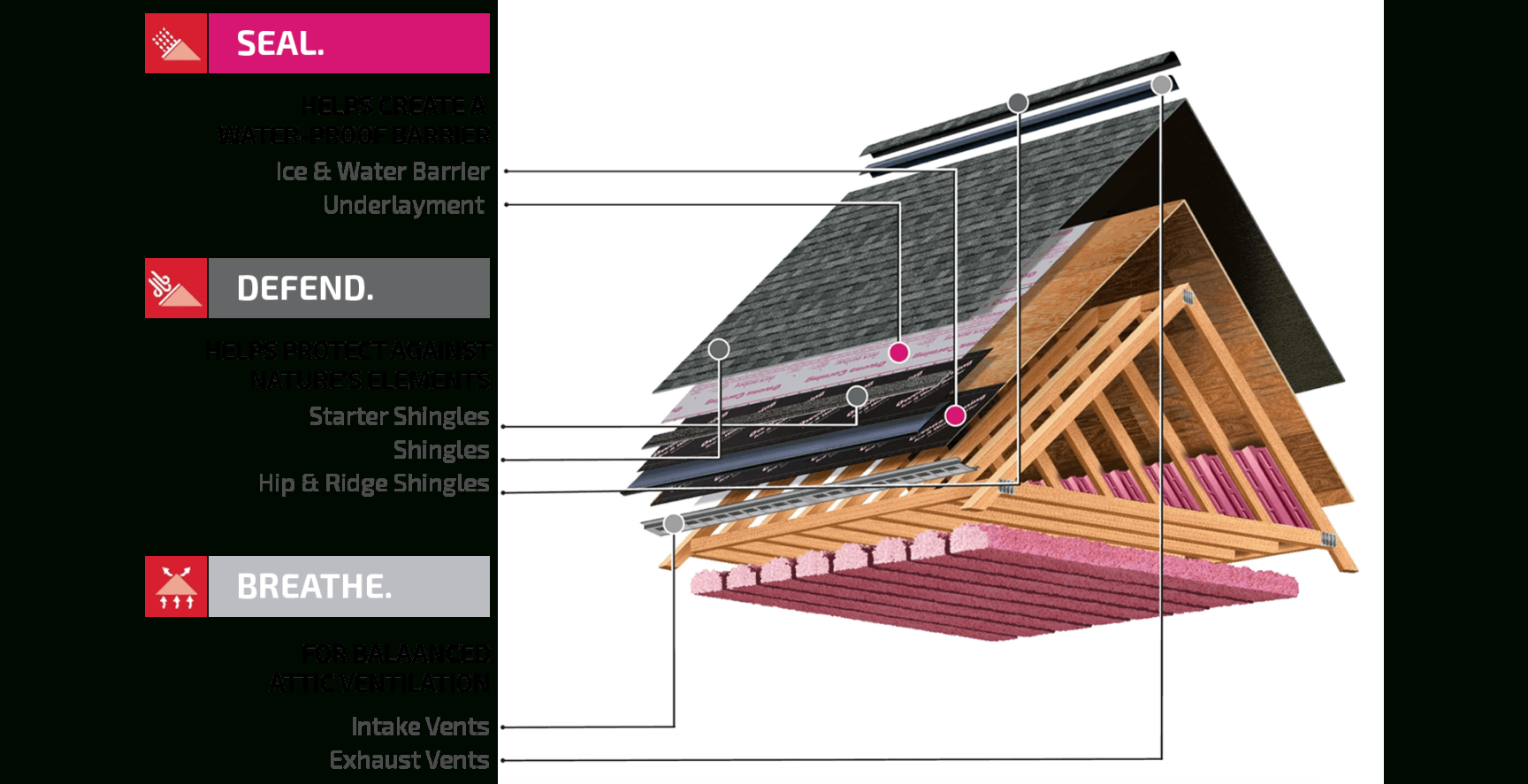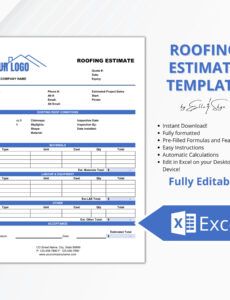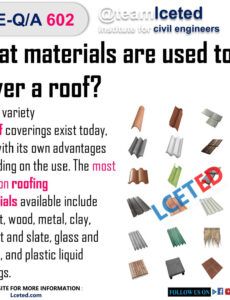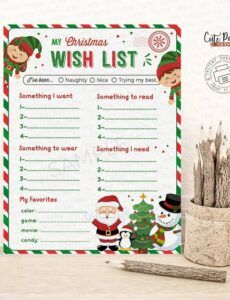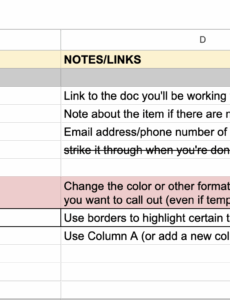Roofing material list template. Frustrated with scribbling things on random sheets that almost always disappear? Ever caught forgetting key assignments or things when you’re out and about? Well, you’re definitely not alone! It happens to the best of us, juggling a million things in our thoughts and having difficulty to maintain order. The best part is a quick fix exists that can restore structure: the trusted task organizer.
But pre-made checklists are not merely simple outlines; they’re versatile tools that can be customized to practically any need. From simple to-do lists and expense logs to detailed workflow maps and editorial planners, the possibilities are truly endless. The best checklist can convert a intimidating responsibility into a structured action plan, giving you clarity about the intricacies and carry out your tasks smoothly. What’s more, with the expansion of online resources and readily available resources, accessing and adapting structures has never been easier.
So, how can you find the ideal template? What types are available, and how can they be optimized? We’ll investigate the expansive field of ready-to-use templates, exploring their benefits, highlighting popular examples, and sharing guidance for modifying them to fit your specific goals. Brace yourself to ditch the blank page and welcome the effectiveness of structured workflow!
At its essence, a structured document is a pre-formatted document or structure built to assist you through a detailed procedure. It delivers a base, complete with sections, divisions, and pre-filled information, that you can then modify with your own information. Imagine it as a guided planning tool, but for practical needs. The true power of a template is its customizable nature; a general pre-built layout can be adjusted and adapted to function in various situations, making it an essential tool in both personal and professional settings.
One of the most useful features is the speed it enables. Instead of spending hours creating a structure from scratch, you can get a ready-made version and start filling in the necessary details. This is especially helpful when time is limited. On top of that, a structured template often includes useful reminders and notifications, ensuring you avoid missing important details. This can be highly valuable for complex workflows or demand careful execution.
Another significant benefit is better reliability. When you use the same one repeatedly, you develop a consistent approach to managing your tasks. This simplifies to track progress, recognize hidden challenges, and compare results through various stages. This uniformity is critically important for collaborative efforts working on collaborative projects, as it ensures that everyone is on the same page and applying the same system. This, in turn, encourages better communication and collaboration.
The availability of pre-designed task sheets has also grown in the modern era, thanks to the web and the growth of productivity platforms. Many commonly used apps, such as Excel spreadsheets, cloud-based spreadsheets, and task coordination software, come with a huge collection of structured designs covering everything from financial planning and billing records to schedule management and content calendars. Additionally, there are a variety of platforms and online communities focused on exchanging and designing personalized checklists, making it simple and fast to find the best match for your specific goals.
Lastly, it fosters better decision-making. By offering a clear and well-laid-out perspective of the essential details, a pre-made format can help you make well-analyzed and effective decisions. For example, a expense tracker can help you track your income and expenses, helping you recognize ways to reduce expenses. Similarly, a project management chart can assist in mapping the expected completion dates and allocate resources effectively. It is a powerful tool to support your decisions and reach your goals.
Now that you understand the effectiveness and versatility of List Templates, the logical move is to select one that aligns with your particular objectives. As noted before, there are a vast number of choices accessible through the web, providing a large variety of structured checklists for virtually any purpose. Kick off by checking out the existing resources within your favorite productivity tools, such as Microsoft Office, Google productivity tools, or project management software. These libraries often include a broad selection of expertly crafted structured layouts that can be easily customized.
Since you recognize the benefits of using a structured checklist, the logical move is to locate the most suitable one for your intended use. The good news is that there are numerous selections available online, tailored to a broad spectrum of applications and styles. The difficulty is to sift through the options and select the pre-designed checklists that are best suited to your needs.
[%Another important step, reflect on the format of the organized list. Do you prefer a minimalist design, or something more visually appealing? Would you like a template that can be optimized for printing, or one that is optimized for online platforms? Many websites feature a variety of templates in varied designs, so you can choose one that suits your preferences. Also, evaluate if you need it on cloud-based document editors, Google Sheets, word processing software, or data sheets.|Begin by considering what type of task organizer you need to develop. Are you looking for a simple to-do list, a structured task planner, or a specialized checklist? Once you’ve settled on a precise concept of your needs, you can start searching online. A simple search engine query like “[%Free List Template for [your specific need]|Pre-made checklist for [your purpose]|Structured format for [your task]%]” will provide a variety of options.|Upon discovering a structured checklist that seems useful, feel free to customize it to match your specific needs. Most structured formats are created to be modifiable, making it easy to effortlessly modify the categories, areas, and entries to match your workflow. Include or exclude sections, adjust the style, and integrate your personalized touches to create a template that is fully personalized. Don’t forget, the goal is to set up a tool that fits your needs, so be open to experiment and make adjustments until it meets all your needs.|Another widely used format is the task-based layout. While similar to a basic list, a action planner typically includes enhanced content, such as due dates, ranking levels, and assigned individuals. Action lists are especially effective for managing tasks that have fixed timeframes or need teamwork among team members. They can be created using a variety of platforms, from simple paper-based formats to sophisticated project management software. The more complex the task, the greater the decision for its structuring.%]
Focus on the visual style and layout of the formats. Does it look good and user-friendly? Is it structured with the necessary headings for your preferences? Is it simple to modify to integrate your own labels or modify the appearance? Search for checklists that are intuitive and efficient.
In addition, spreadsheet options, such as those created in Excel spreadsheets or Google data organizers, are a essential asset for organizing and analyzing data. They can be used for a wide range of purposes, from expense tracking and managing costs to stock control and business performance review. Structured records provide a strong capacity of customization, enabling you to design structures tailored to your unique goals. Finding the right solution that matches your preferences is critically important.
Applying a pre-designed checklist can truly change how you organize tasks. It is a key that can unlock new dimensions of work management and planning. It will not only help you accomplish things but also clear cognitive load so you can focus on what matters the most.
It’s obvious that using well-organized templates can be a revolutionary method in how we tackle assignments and plans, making them simpler to follow and organized. From simple checklists to detailed workflow frameworks, the options are boundless, offering solutions for a wide range of problems. By utilizing the potential of these resources, we can achieve greater success and gain significant improvements in both our private and business lives.
